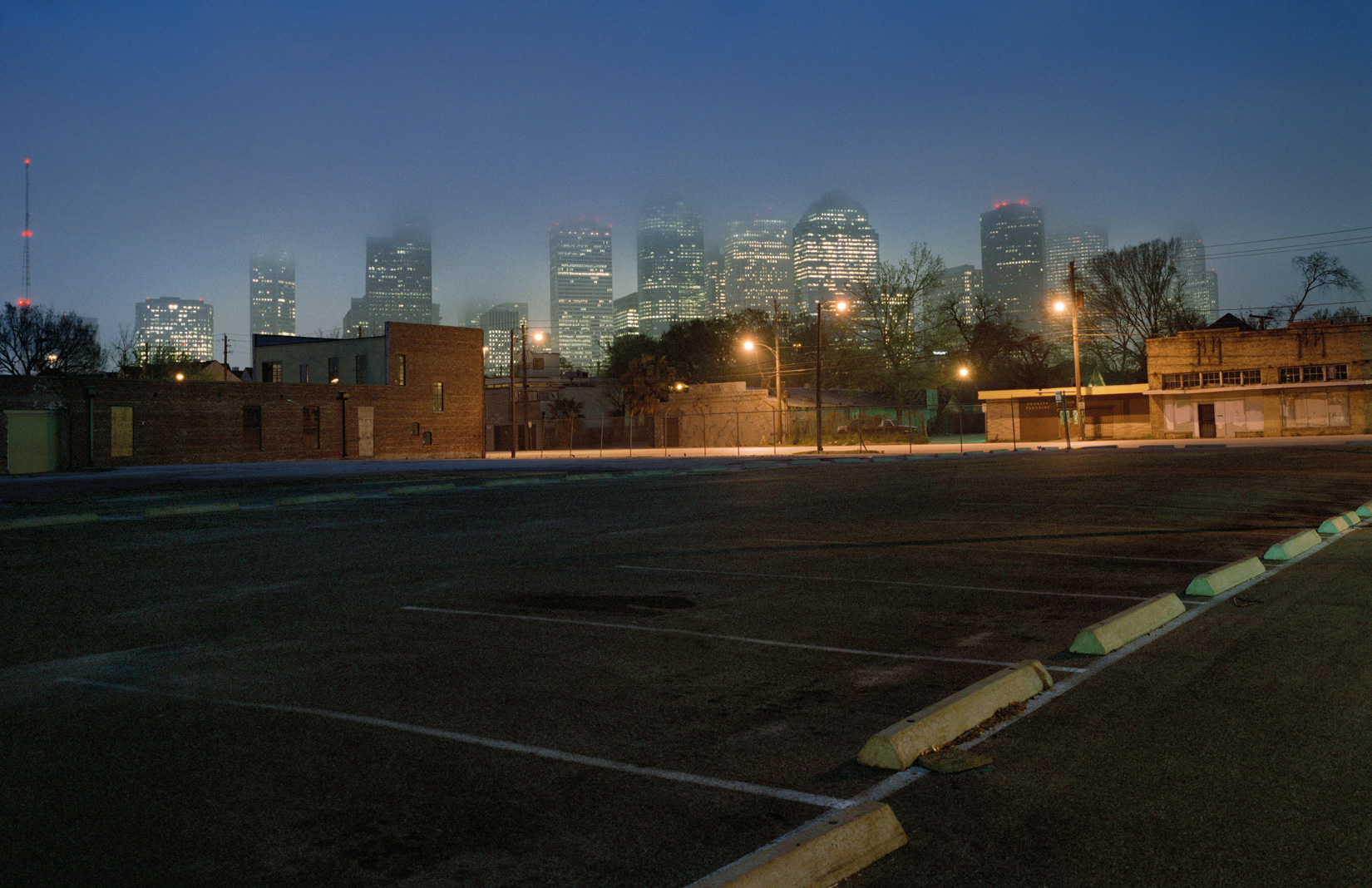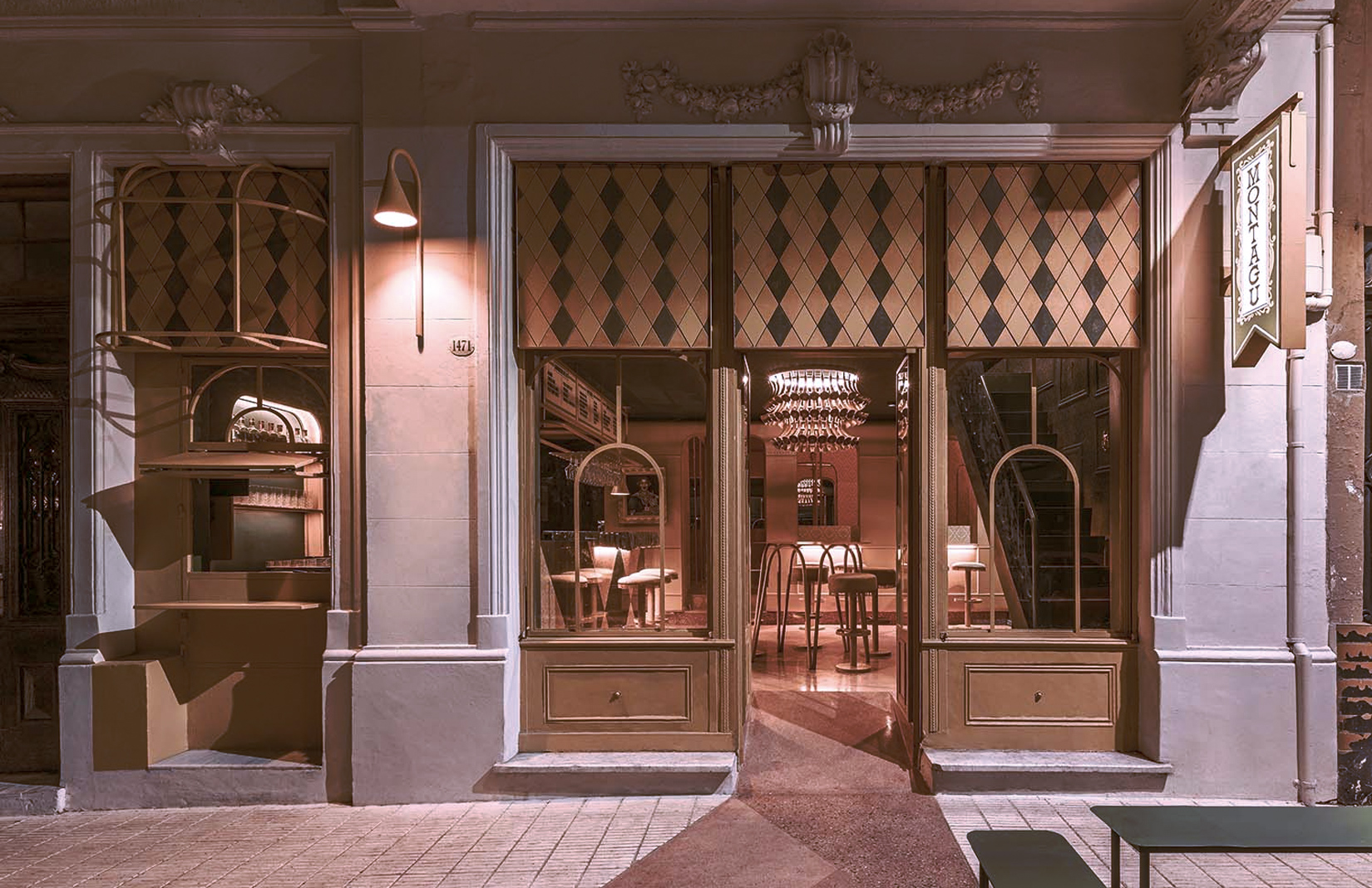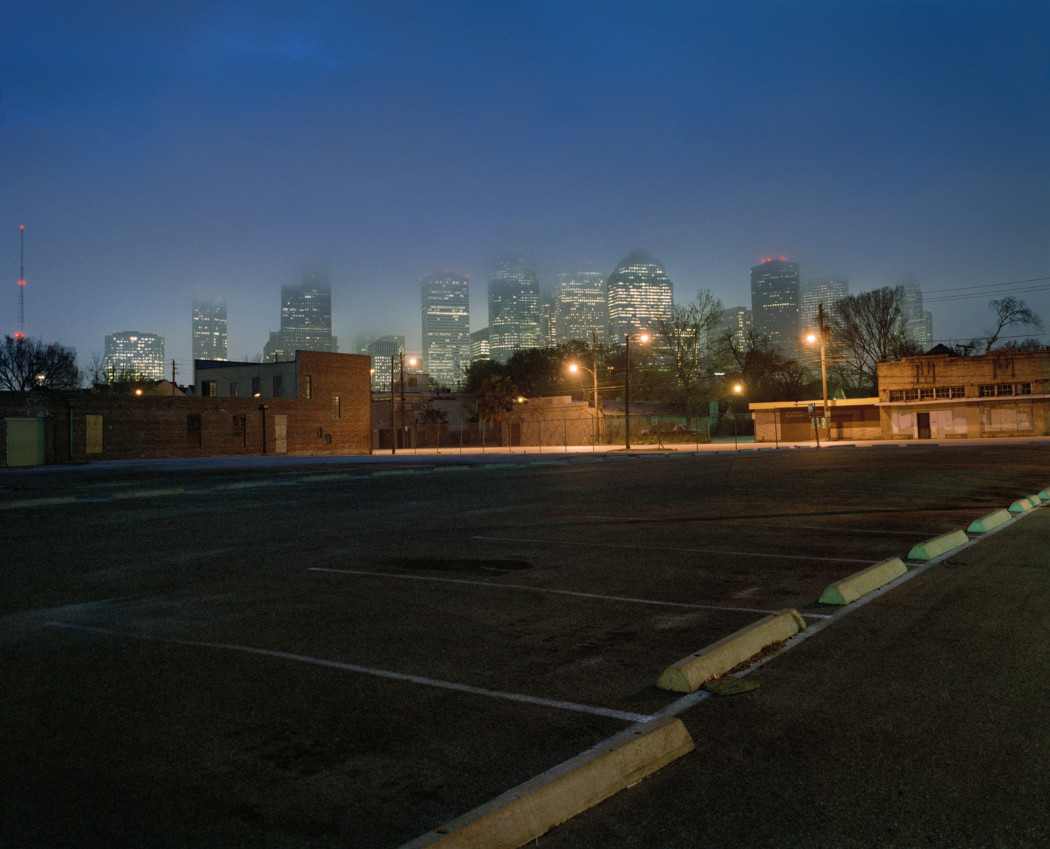
Parking Lot, Houston, Texas. Photography: Lynn Saville
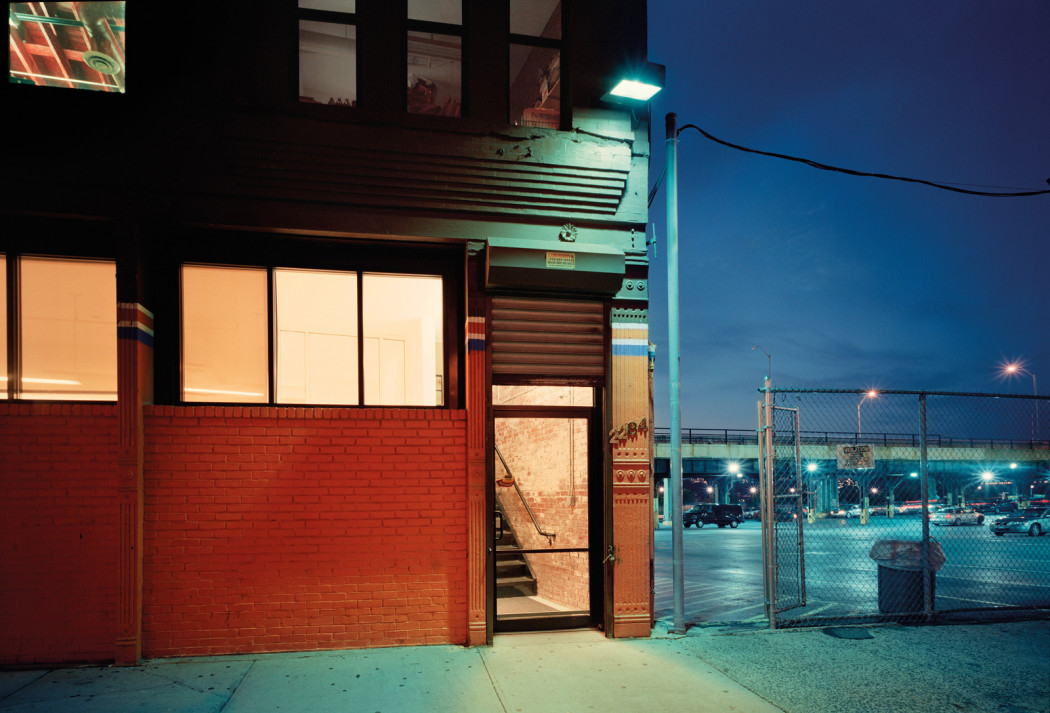
West 126th St, New York CIty. Photography: Lynn Saville
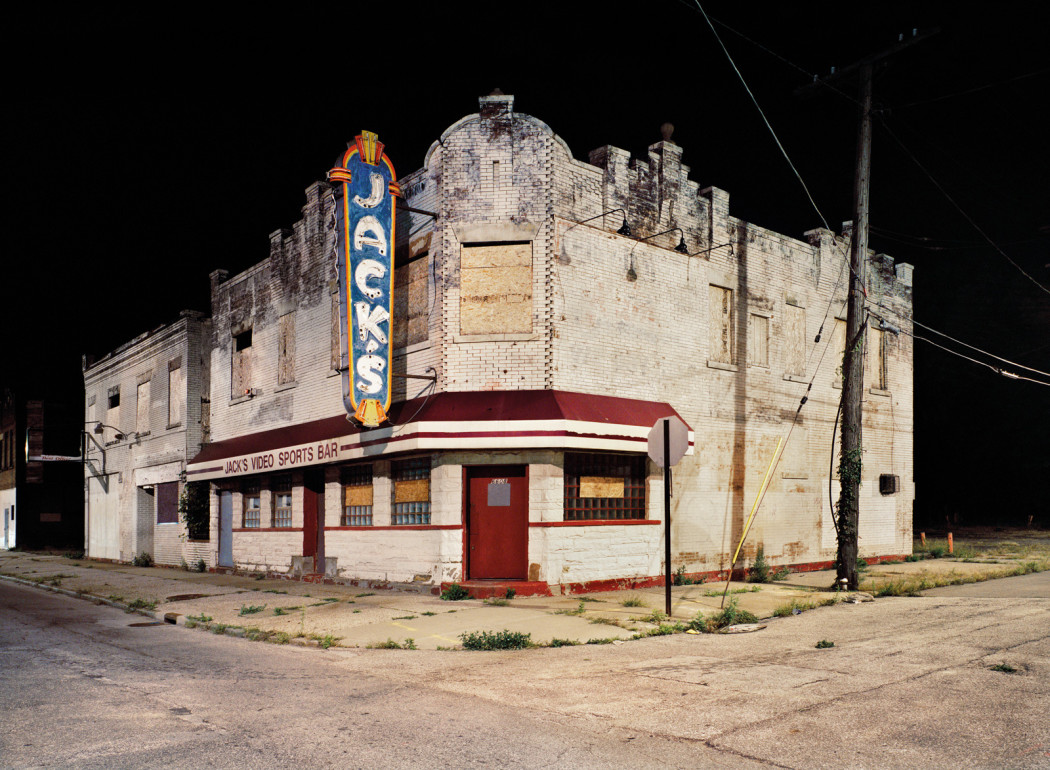
Jack’s former restaurant, Columbus, Ohio. Photography: Lynn Saville
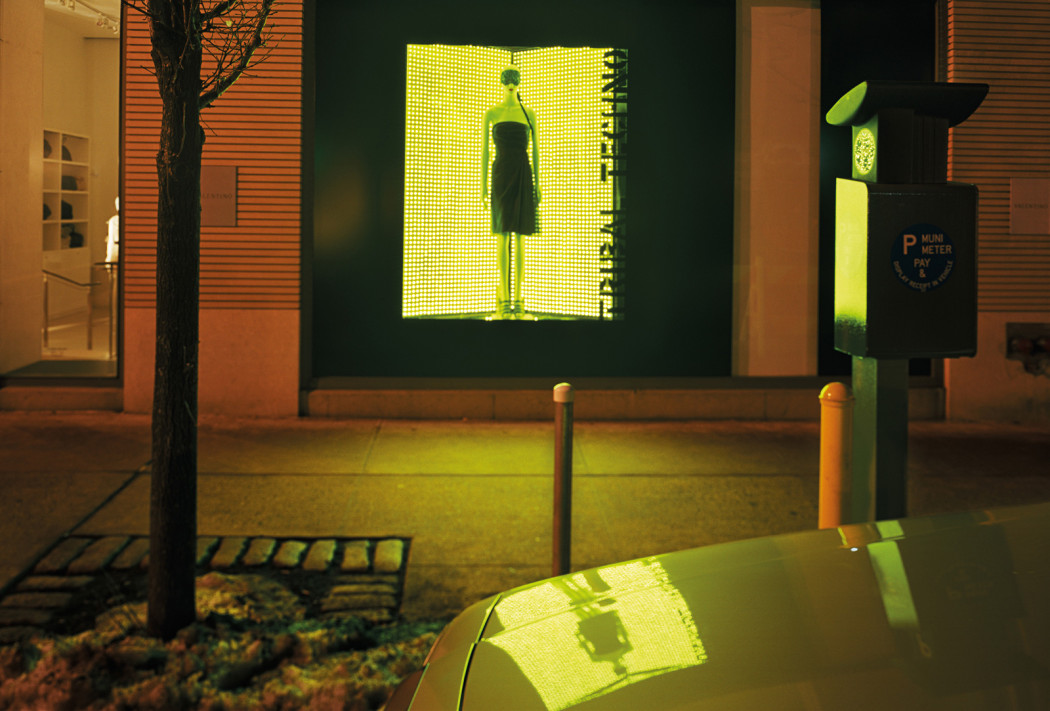
Tribal Techno, Madison Avenue, New York City. Photography: Lynn Saville
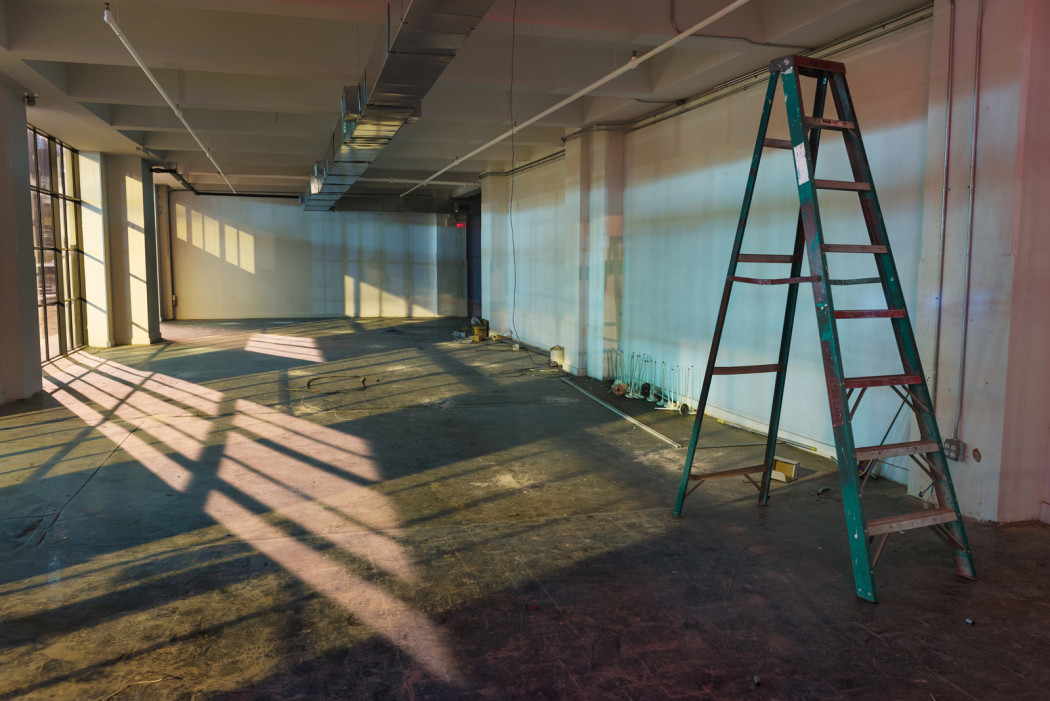
Front Street, Brooklyn, New York. Photography: Lynn Saville
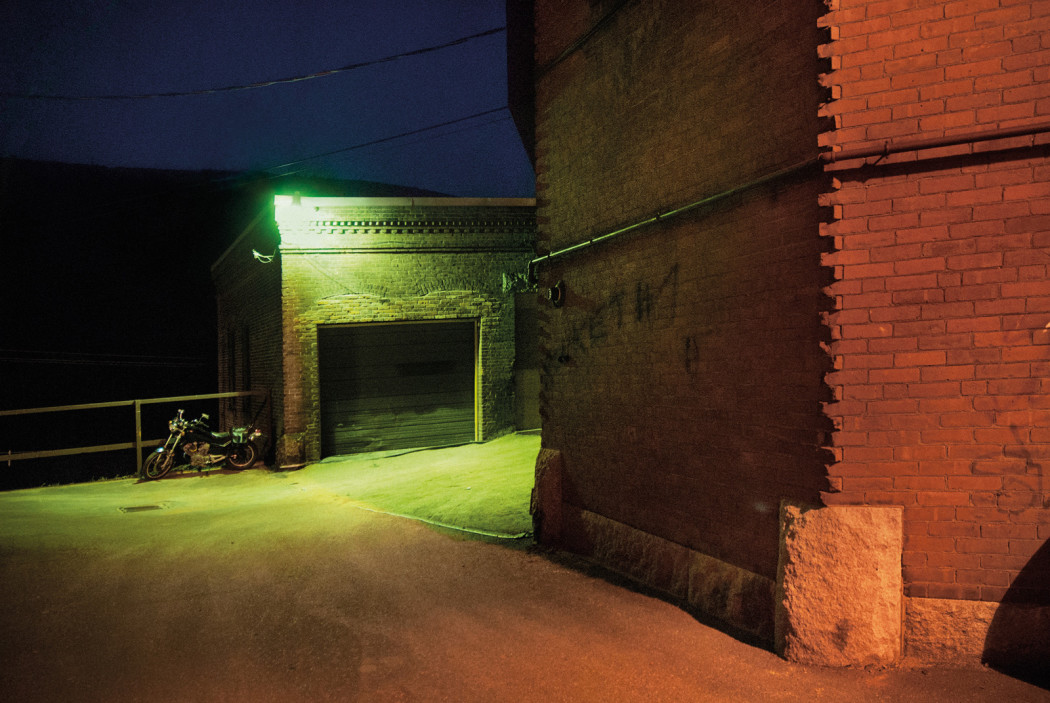
Garage, Baltimore, Maryland. Photography: Lynn Saville
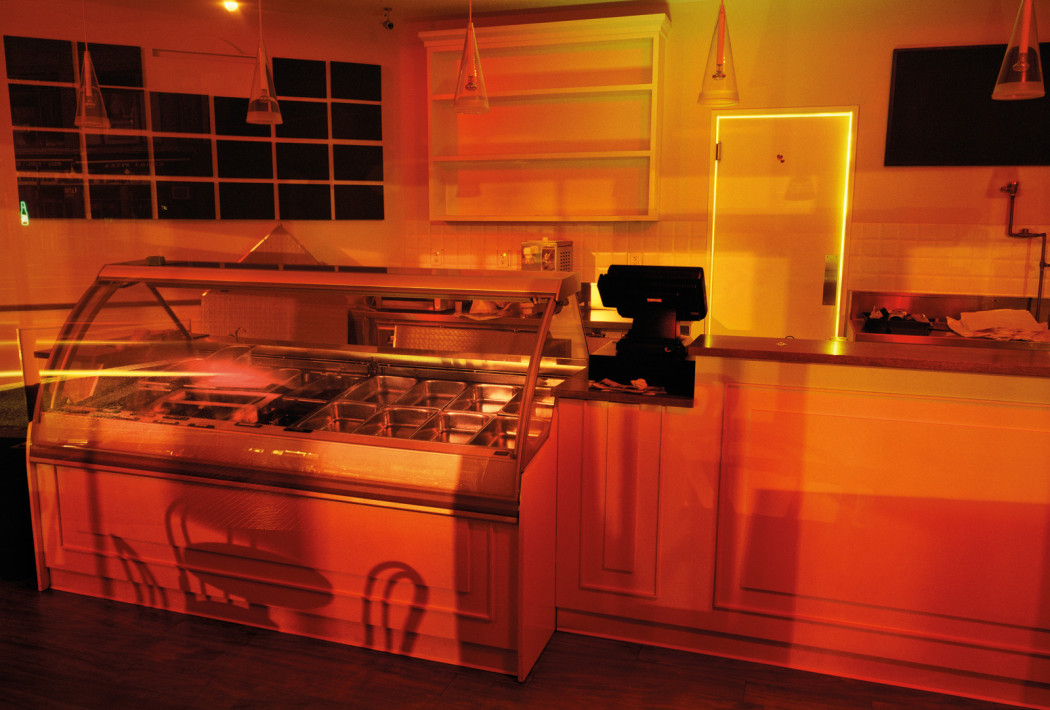
Greenwich Avenue, New York City. Photography: Lynn Saville
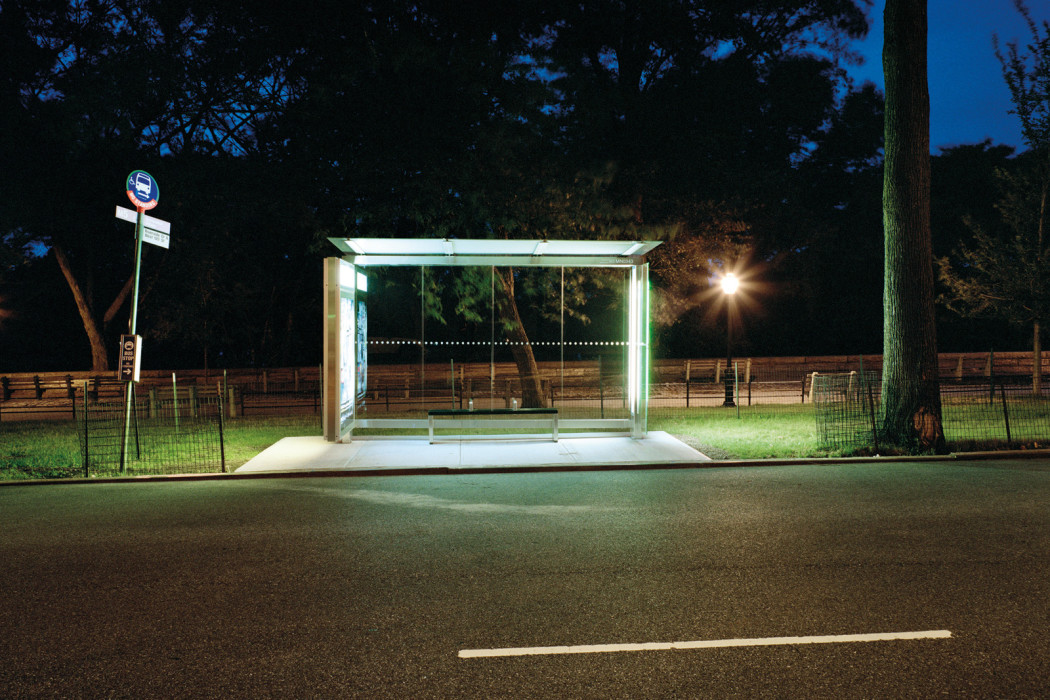
Riverside Drive, New York City. Photography: Lynn Saville
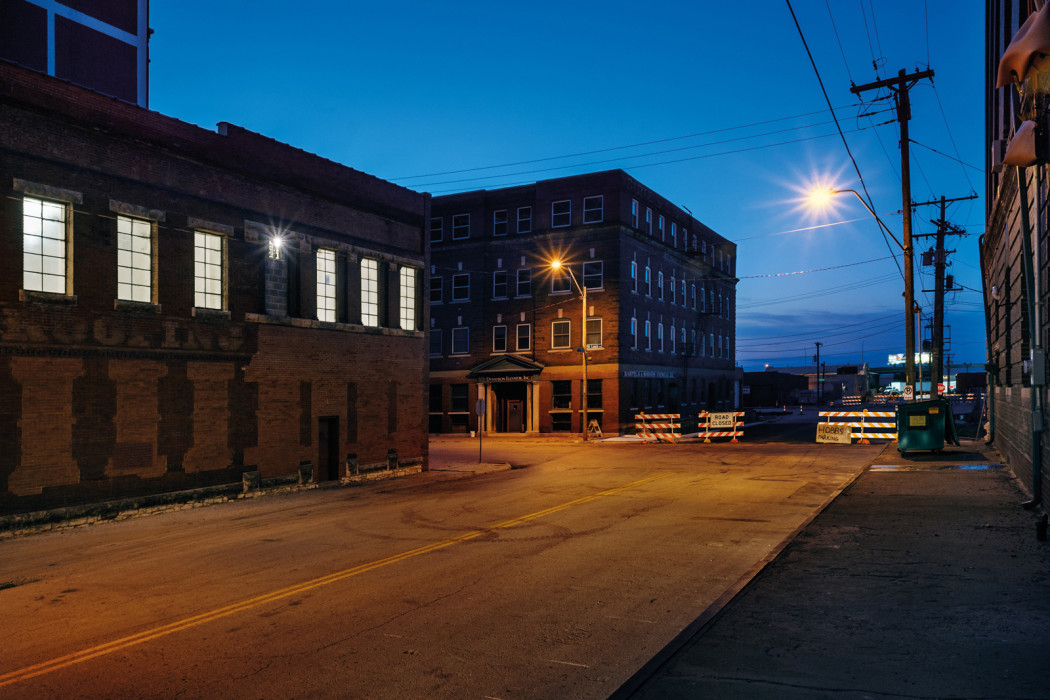
Warehouse district, Chicago Illinois. Photography: Lynn Saville
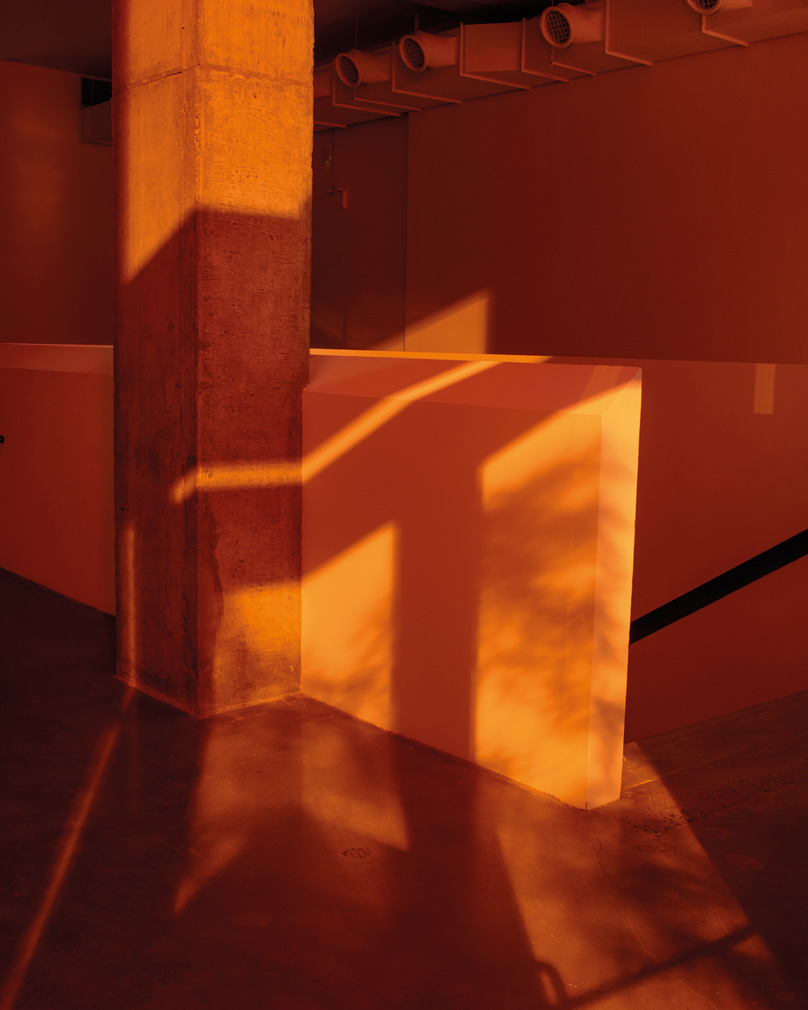
Empty gallery in Chelsea, NYC. Photography: Lynn Saville
Think of ‘the city’ and the first images that spring to mind are usually of gleaming glass towers, concrete edifices and pavements spilling with pedestrians. The cacophony of people and traffic moving through its streets is also a soundtrack most know well.
But after dark, the city becomes something else entirely.
Shooting between dawn and dusk, artist Lynn Saville captures this slumbering landscape in her series Dark City. Shuttered storefronts, construction sites and back alleys are her subject matter. And what emerges from the darkness is a new insight into our changing urban landscape before it is stirred by the day – or by kinder economic climes, as Saville explains…
How did Dark City come about?
Lynn Saville: Several years ago, I was lured back to the central areas of the city, where economic turmoil produced gaps in the urban façade – vacant stores whose glowing windows could resemble a Rothko painting.
Dark City pursues this contrast between aesthetic perception and the subtext of economic distress, a contrast that evokes a disquieting beauty. I wanted to capture the ways in which urban places become spaces and vice versa. For instance, the photograph ‘Abandoned Michigan Central Depot, Detroit, Michigan’ shows a place that has become a looming shell of itself, a space.
As the project evolved, I began to include more out-of-the way spaces in boroughs other than Manhattan, as well as the gaps and in-between spaces in central areas of the city…
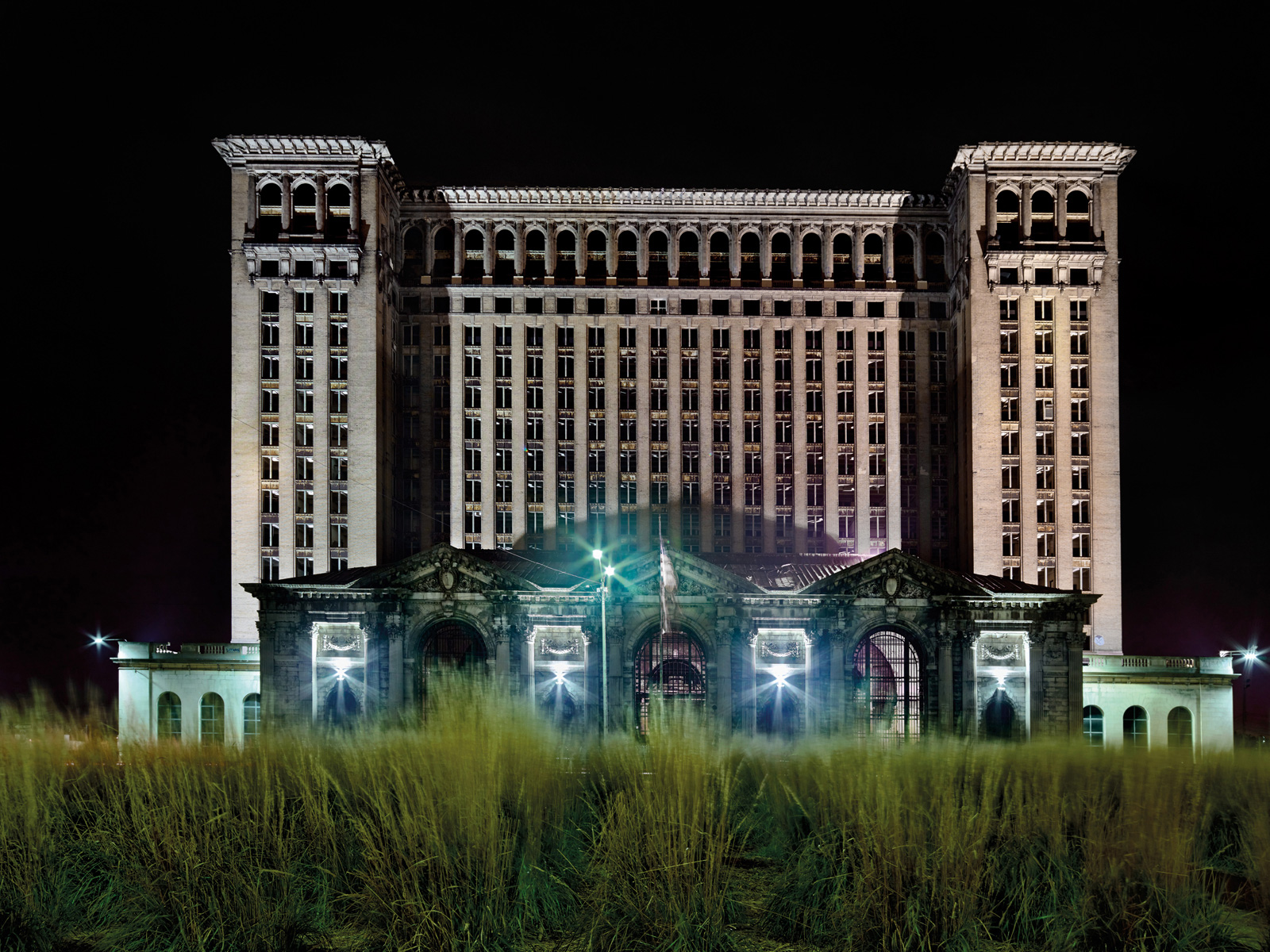
Pavements, construction sites and alleyways are the protagonists of your shots. What draws you to them?
I have always been a roamer of limbo regions: these unloved and overlooked places are our last frontier. When I discover a site that attracts me, I return to it at dusk. This transitional period seems to be the appropriate time to capture spaces that are in-between.
Humans have been preoccupied with ‘pushing back the darkness’ since we first learned to create fire thousands of years ago and Dark City feels as much about light as it is about darkness…
It’s easy to forget that major cities were themselves very much in the dark until the consistent use of gas and then electric streetlights in the 19th century, followed by neon lighting in the early 20th century. Lighting the windows of department stores to enhance the attraction of the merchandise within was also a 19th century phenomenon. It’s relatively recent that we’ve ‘pushed back the darkness’ in our cities.
I’m especially attracted to twilight because that is when daylight gives way to streetlight, moonlight, and window light, as well as advertisement and surveillance lighting. When waning daylight is complemented by the spotlighting of artificial sources, spaces take on a more 3D quality.
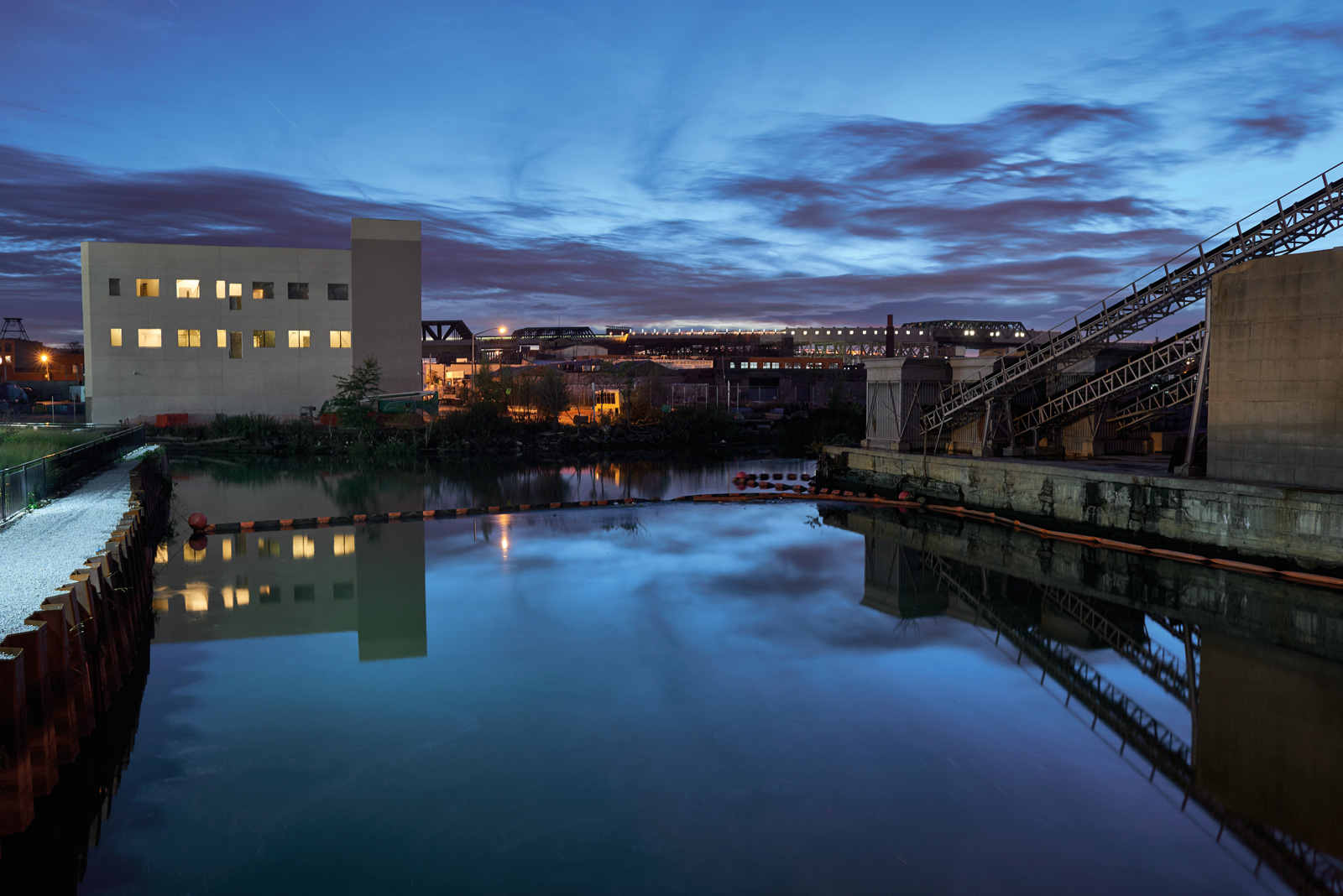
Where’s your favourite location to shoot?
One of my favorites is the DUMBO area (down under the Manhattan Bridge Overpass) in Brooklyn. This location has dramatic structures, including the Manhattan and Brooklyn Bridges, and historic former warehouses undergoing conversion to residential and commercial uses. It’s an area experiencing intense transition, with bold geometric shapes and shadows from the lights cast by the bridges.
Industrial enclaves can be dangerous places after dark, but your images manage to neutralise the ‘fear factor’ inherent in these spaces. Was that a deliberate move?
I don’t think about the fear factor as much as I did in earlier projects and in the early days of this project. Many of the urban areas I have explored recently are less ominous because they are in or near central areas of the city where there is traffic and activity just outside the frame of the picture. Or because once desolate areas I am visiting have become gentrified. These days, I have been focused less on the fear factor and more on the sense of solitude that emanates from a place.
Photographers talk about a ‘golden hour’ of light. As a night photographer, when is yours?
My ‘golden hour’ is actually ‘blue’– the magic of the glowing blue as twilight moves into full darkness.




